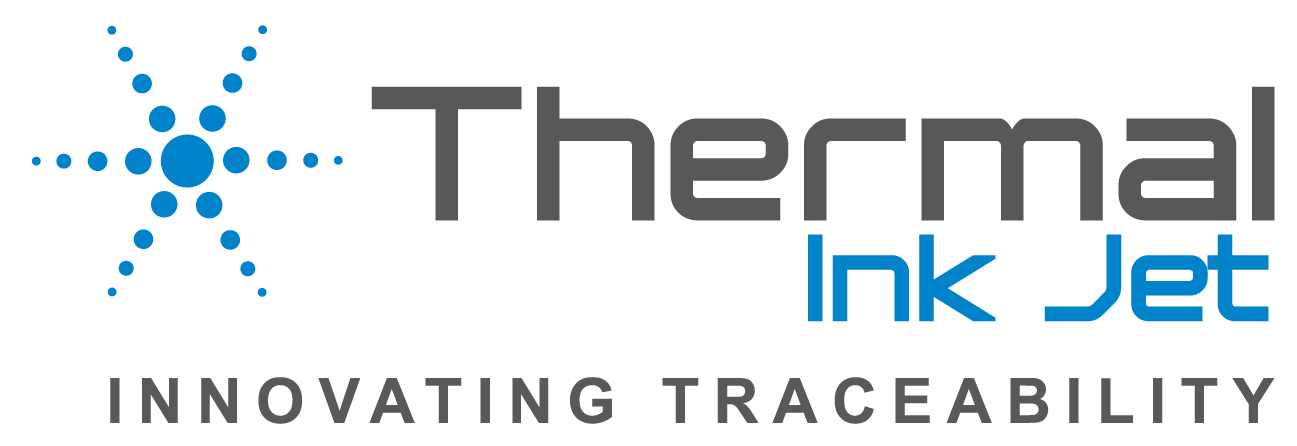Introduction
The global focus on sustainability has brought the concept of a circular economy into the spotlight, particularly in the packaging industry. With mounting environmental challenges, brands and consumers alike are advocating for sustainable packaging solutions that minimize waste and promote recycling. At the core of these solutions lies traceability, a vital tool that ensures materials are used responsibly, products are properly tracked, and compliance with global sustainability standards is met. In this blog, we explore how traceability supports a sustainable packaging ecosystem and drives the transition toward a circular economy.
What is the Circular Economy in Packaging?
The circular economy in packaging refers to a system designed to keep resources in use for as long as possible, extracting maximum value before recycling or regenerating materials. Unlike the traditional linear economy—where packaging is produced, used, and discarded—a circular approach focuses on reducing waste, reusing materials, and ensuring that nothing goes to waste unnecessarily.
Key Principles of Circular Packaging:
- Reduction: Minimizing material use and waste generation.
- Reuse: Designing packaging for multiple uses.
- Recycling: Ensuring materials are easily recyclable and recoverable.
- Regeneration: Returning materials to the ecosystem safely.
 The Role of Traceability in a Circular Packaging Ecosystem
The Role of Traceability in a Circular Packaging Ecosystem
Traceability enhances circular packaging by providing end-to-end visibility into the lifecycle of materials and products. Here’s how it supports sustainability:
1. Material Origin and Certification
Traceability systems can track the origin of materials used in packaging. For example, certifications like FSC (Forest Stewardship Council) for paper-based packaging or certified recycled plastics ensure that materials are sustainably sourced.
2. Waste Reduction and Recycling
By tagging materials with QR codes, RFID tags, or 2D barcodes, manufacturers can track packaging throughout its lifecycle. These tags provide crucial information about how to recycle or dispose of the material properly, reducing landfill waste.
3. Regulatory Compliance
Governments worldwide are introducing strict packaging regulations to promote sustainability. The EU’s Circular Economy Action Plan and the U.S. Sustainable Packaging Act emphasize traceability to ensure compliance with recycling and waste reduction targets.
4. Consumer Engagement
Traceability tools empower consumers to make informed decisions. QR codes on packaging can offer insights into the environmental impact of the materials used, recycling instructions, and the brand’s sustainability initiatives.
 Technologies Driving Traceability in Packaging
Technologies Driving Traceability in Packaging
1. Blockchain for Transparency
Blockchain technology offers a secure and immutable ledger to record the entire lifecycle of packaging. Brands can provide transparent data about material sourcing, production processes, and recycling efforts.
2. IoT Devices for Real-Time Tracking
IoT devices, combined with RFID tags, allow companies to track packaging in real time, ensuring that materials are recovered and reused effectively.
3. Digital Product Passports
The EU’s initiative for Digital Product Passports mandates detailed tracking of packaging components, enabling better recycling and compliance with circular economy goals.
Industries Benefiting from Sustainable Packaging and Traceability
- Food and Beverage: Ensures safe and eco-friendly packaging with detailed tracking of materials used.
- Pharmaceuticals: Guarantees compliance with stringent safety and sustainability standards.
- E-commerce: Provides transparent and recyclable packaging options for environmentally conscious consumers.
- Retail: Offers reusable and sustainable packaging that aligns with consumer values.
 Benefits of Circular Packaging with Traceability
Benefits of Circular Packaging with Traceability
For Businesses:
- Reduced costs through material optimization and waste management.
- Enhanced brand reputation for sustainability.
- Compliance with international sustainability regulations.
For Consumers:
- Access to transparent information about packaging materials.
- Confidence in environmentally responsible brands.
- Empowerment to make eco-friendly purchasing decisions.
For the Planet:
- Decreased reliance on virgin materials.
- Reduced greenhouse gas emissions.
- Minimized waste and pollution.
Conclusion
The journey toward a circular economy in packaging is essential for a sustainable future. Traceability is the cornerstone of this transformation, offering transparency, efficiency, and compliance at every stage. By integrating traceability technologies and embracing circular principles, businesses can contribute to a cleaner planet while meeting consumer demands for sustainable solutions. As the packaging industry evolves, traceability will remain a key driver of innovation and environmental stewardship.


